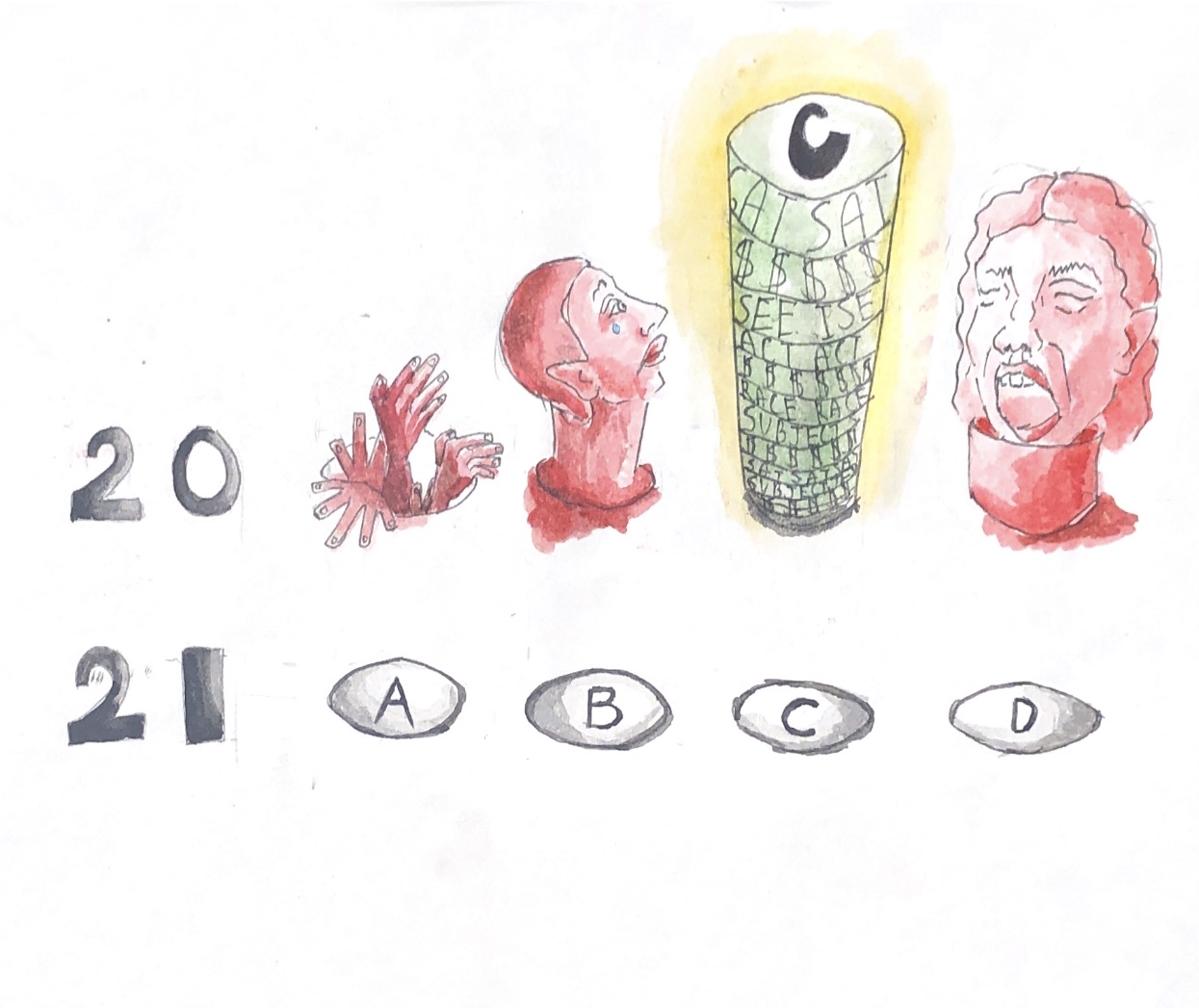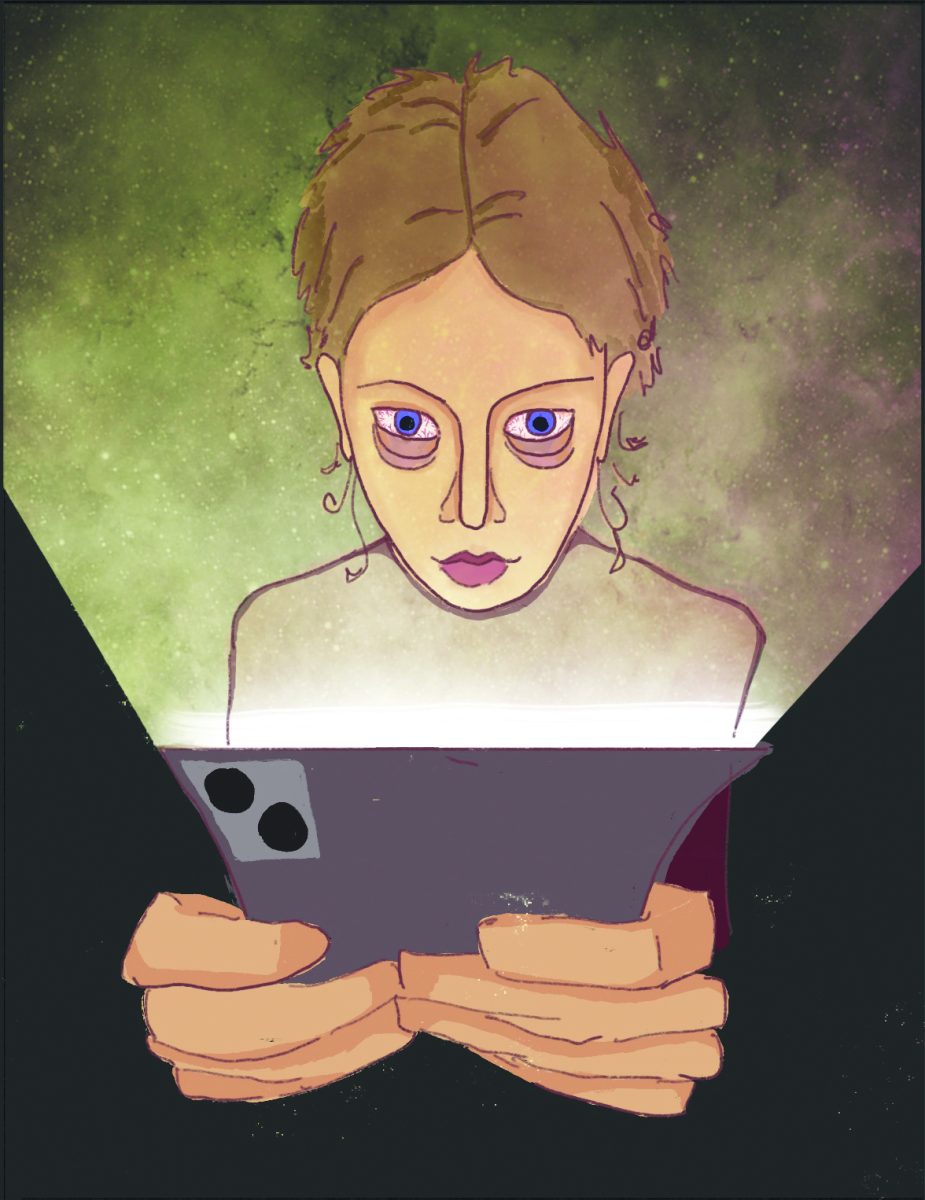As COVID-19 has halted widespread enrollment for the SAT and ACT, and the Black Lives Matter movement has spurred renewed discussion surrounding systemic racism, the use of standardized tests in admissions decisions has been under intense scrutiny. Over 1,500 universities are making the SAT and ACT optional for applicants this year, including every school in the Ivy League, the University of Southern California and New York University. The University of California system, which includes over 200,000 students, has also committed to a test-optional policy, although a judge in Alameda County recently issued a preliminary injunction prohibiting the system from considering tests, even if they are submitted. Marlborough has announced that beginning this year, it will not consider the Independent School Entrance Exam (ISEE) as part of its admissions decisions.

The SAT was originally created by Carl Brigham, a member of the eugenics movement, as a method of keeping people of color out of universities. A century later, massive racial disparities exist in SAT and ACT scores, even after socioeconomic status has been taken into account, and that is no coincidence. According to a 2003 study published in the Santa Clara Law Review, when the College Board was testing trial questions for potential inclusion on the SAT, there were several questions that Black and Latinx students got correct at higher rates than white students. However, the College Board threw out those questions, deeming them invalid because those Black and Latinx students scored worse on the test overall. This creates a racist feedback loop in testing: since white and Asian students have higher average scores, more questions they excel at are added to the test, a process which reifies racial disparities in testing.
Class differences also contribute to inequality in standardized tests. Expensive private schools have access to tutors and test-prep, meaning even those with poor grades often have above-average scores. For colleges who want to cut the financial aid they give out and maximize the number of full-pay students, SAT and ACT scores provide an excuse to let in wealthy private school students at the bottom of their class over high-achieving poor students who would not be able to pay the $70,000 sticker price for college – poor grades can be ignored if high test scores make up for them.
The issue is prevalent at the high school level as well. In New York, entrance to eight of the city’s nine specialized high schools is based solely on performance on the Specialized High School Admissions Test (SHSAT). Columbia University sociology professor Amy Stuart Wells has called the test “the new Jim Crow of public education,” contending that “standardized tests are culturally biased, resulting in racial and ethnic disparities in results.” Black and Latinx students account for 70% of New York high school students, yet are only 10% of students at the nine schools. At Stuyvesant, often considered the most prestigious on the nine, only 10 Black students and 20 Latinx students were accepted in 2020, out of 766 offers of admission in total.
Many supporters of standardized tests argue that eliminating them will only cause a shift to other unfair factors. GPA, for instance, is inflated at private schools dominated by wealthy families. From 1998 to 2016, the average GPA at private schools climbed from 3.25 to 3.51, while at suburban public schools it increased from 3.25 to only 3.36. The contrast is even sharper at city schools, where GPAs have barely moved, inching from 3.26 to just 3.28. And while virtually every aspect of college admissions is skewed in favor of the wealthy, from grades to demonstrated interest to legacy preference, eliminating standardized tests would nevertheless be a step in the right direction. It is reasonable to assume that going test-blind would coincide with increased importance in GPA and course rigor, rather than in interviews or essays; grades, after all, are the only other purported measure of academic ability. The question, then, is whether GPA is more equitable than standardized tests, to which the answer is an overwhelming yes, for two reasons.
First, class rank and the school report both check back on rampant grade inflation. The school report, a form filled out by high school counselors and administrators, puts applications into context, based on the resources available to them. For instance, taking four Advanced Placement classes could be considered maximally demanding at one school, where the school report indicates only four are offered, while at another school, where over 20 APs are available, that number is decidedly less impressive. Class rank is another way of contextualizing GPA. A 3.9 GPA is much more impressive when it is the highest grade in your senior class than if it is simply middle of the pack.
Second, a system that considered only GPA would be more equitable than one that also included standardized tests. Edgar Sanchez and Krista Mattern write in their book, “Measuring Success: Testing, Grades and the Future of College Admissions,” that GPA discrepant students (those with high GPAs and lower test scores) are disproportionately low-income and minorities. And beyond hurting the applications of students of color, Paul Tough, contributor to the New York Times, adds that SAT and ACT scores are also used to mask the low GPAs of the wealthy. Even when wealthy students have poor grades, standardized test scores can boost their application back up.
While COVID-19 has caused most schools to go test-optional, colleges and universities are not going far enough. A University of Georgia study concluded that test-optional policies at 32 selective liberal arts colleges did not contribute to any meaningful increase in diversity. In fact, the test-optional schools actually enrolled fewer underrepresented minorities than schools that required standardized tests. Often, the goal of going test-optional is to boost a college’s prestige, not its diversity. When schools go test-optional, more students tend to apply, meaning schools can reject more students and lower their acceptance rates, making themselves look more selective in the eyes of US News and World Report and other college-ranking publications. Test-blind policies, meanwhile, would force college rankings to stop using standardized tests in their rankings and shift to more equitable measures.
Certainly, eliminating standardized tests is not a panacea; the whole college admissions process is mired in systemic racism, classism and inequality. But with many universities currently reconsidering their testing policies, the SAT and ACT have never looked more vulnerable. Today, we have a unique opportunity to end the use of a test that has promoted inequality since its inception, and begin a shift to a fairer, more just system of admissions.












